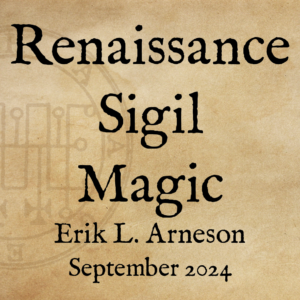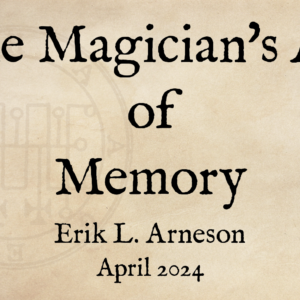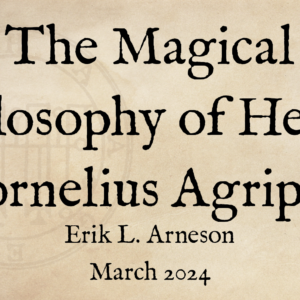
Thomas Negovan is the director of the Century Guild Museum of Art and author of Le Pater: Alphonse Mucha’s Symbolist Masterpiece and the Lineage of Mysticism. He joins me in this special bonus podcast episode to discuss the work of Alphonse Mucha (1860-1939), especially his incredibly symbolic and deeply esoteric masterpiece, Le Pater.
Mucha was a Czech painter, illustrator and artist who lived in Paris during the Art Nouveau period. His distinctive style is recognized today as being among the defining works of that period, and is probably best known for his posters promoting stage actress Sara Bernhardt. However, Mucha was also a Moravian Christian and Freemason, and his esoteric interests and mystical pursuits enfused the artwork of his incredible masterpiece, Le Pater.
This is such an important piece of esoteric artwork that I agreed to produce this bonus episode to help Thomas get the word out about his Kickstarter to produce a paperback version of his book on Le Pater.
Links
t||t.secret||t.message||t.value)&&!/[^a-zA-Z0-9]/.test(t.secret ↩

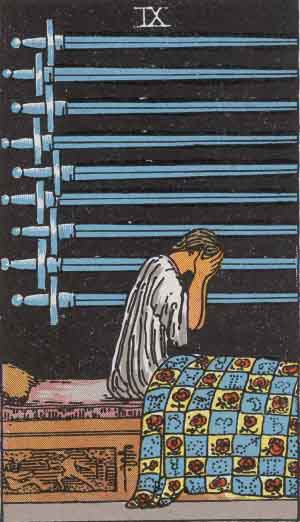 Before we get too far into the meaning of this card, I would like to draw your attention to some interesting details in this card’s art. First, on the side panel of the bed in the lower left, we see an intricately carved frieze that seems to depict two figures either playing or fighting among some trees. Next, the bedspread has very interesting designs on it! The roses are easy to pick out, but the blue panels, if you look closely, are covered in needlework depicting a variety of astrological symbols. Mars, the ruler of this Decan, sits in the subject’s lap, while Mercury, the ruler of this sign, hangs down nearer the floor. But they are not alone; take a closer look and see what you can spot.
Before we get too far into the meaning of this card, I would like to draw your attention to some interesting details in this card’s art. First, on the side panel of the bed in the lower left, we see an intricately carved frieze that seems to depict two figures either playing or fighting among some trees. Next, the bedspread has very interesting designs on it! The roses are easy to pick out, but the blue panels, if you look closely, are covered in needlework depicting a variety of astrological symbols. Mars, the ruler of this Decan, sits in the subject’s lap, while Mercury, the ruler of this sign, hangs down nearer the floor. But they are not alone; take a closer look and see what you can spot.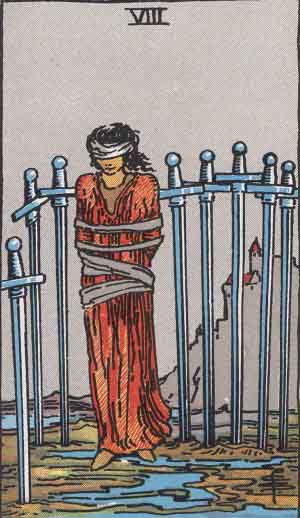 Well, I
Well, I 
